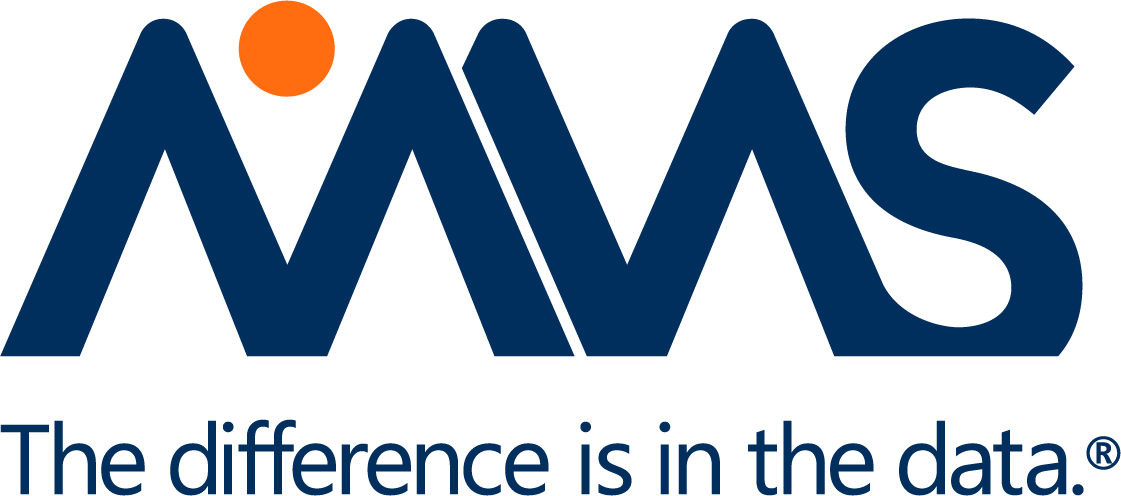Once voluntary as post-market commitments, REMS are now a requirement. Aspects of the conduct and timing of REMS for submission are enforceable under the United States (US) Food and Drug Administration Amendments Act (FDAAA) of 2007, which supplements the Federal Food, Drug, and Cosmetic Act (FDCA) of 1938. Assessment reports presenting information on program metrics, including data from surveys, are prepared by the sponsor and sent to the FDA at set intervals for review to evaluate if REMS goals are being met.
Insight into REMS challenges
The US Department of Health and Human Services, Office of Inspector General (OIG), provided insight into some of the challenges sponsors are currently facing with REMS. A report was issued by the division containing results from their review of 199 REMS approved by the FDA. Findings from the OIG were based on the 49 most recent sponsor REMS assessment reports, and the data showed these key challenges:
- Nearly 43 percent of REMS were not meeting their goals, primarily because of low awareness of risks by patients (66.7 percent) and prescribers (57.1 percent).
- It could not be determined if goals were being met for more than 34 percent of the REMS, mainly due to lack of information in sponsor assessment reports (47.1 percent) and concerns over the quality of the surveys used (29.4 percent).
- Almost half of the REMS assessments did not include all of the information requested in the FDA assessment plans.
- One-fifth of REMS assessments were not submitted within the timeframes required by the FDCA.
- There were 22 deficiencies identified in sponsor REMS assessment reports and more than 86 percent were still present in subsequent assessments.
Violations of REMS requirements are costly
The above challenges are not inconsequential, as failure to comply with REMS requirements can deem a drug misbranded – barring it from interstate commerce. Moreover, civil monetary penalties for not complying with REMS requirements can be imposed at $250,000 for each violation or $1 million for all violations in a single proceeding. Penalties can increase up to $10 million if the violations persist. In recent years, multi-million dollar claims have been settled with the US Department of Justice for REMS noncompliance.
If violations are more severe, pharmaceutical companies may experience further enforcement action, including corporate integrity agreements and even criminal charges, as seen in some cases, in an effort to address misconduct and prevent reoccurrence.
Another concern with REMS noncompliance is that it can unnecessarily expose patients to risk. Patients rely on these medications, with trust in healthcare providers to do no harm. When the ability of REMS to mitigate risk is compromised, patients can be impacted with potentially tragic outcomes.
How pharma can help create change
Along with helping to facilitate regulatory decisions, REMS can also provide essential information directly to and from patients, prescribers, and pharmacists on the knowledge of risks, as well as drug use and prescribing practices.
To achieve this, sponsors and contract research organizations (CROs) working on their behalf must be able to handle the REMS responsibility. These industry organizations must have:
- awareness of the existing issues,
- knowledge of the regulations and requirements,
- adequate plans and tools to communicate safety information,
- skills to develop quality surveys or alternative methods for more accurate assessments,
- standardized formats for reports, and
- resources to meet required timeframes.
The number of drugs that will require REMS is anticipated to increase as the FDA continues to modernize and enhance drug safety initiatives. For details on how the FDA determines the need for REMS, read the full draft guidance here. Based on the OIG study and other public information, there is an evident industry-wide need to improve REMS going forward to fulfill regulatory requirements and, more importantly, to protect patients.
by Christine Tervo, MS
About the author
Christine Tervo, MS, is a senior medical writer at MMS, with more than 15 years of regulatory writing experience in the pharmaceutical industry across a wide range of therapeutic areas. She has presented on regulatory advisory actions at the Drug Information Association (DIA) annual meeting and has volunteered with the Alzheimer’s Association to write for a campaign to increase research funding.





